Redesigning for success
I worked in Medellin, Colombia, for Comfama, a not-for-profit organization that provides many services to formal workers in the Antioquia region. Although it provides these services for all affiliated workers, its essence is lifting the quality of life for low middle-income families.
One of its most recognized products is the housing subsidy. The housing subsidy is government-subsidized money granted to families to help them buy their first home. And Comfama and other compensation funds in Colombia act as the intermediaries. In the last decade, however, the number of families with the subsidy that managed to buy their first home had dramatically decreased, and the board of directors decided it needed a revamp. So with the board of director’s approval, a six-person team (four SAP workers and two from Comfama) had the total freedom to explore the issue and develop a solution in six weeks.
The Comfama-SAP team focused on human-centered design methodologies: we identified all the stakeholders but ultimately centered our design efforts on the families willing to buy their first home. We ran the full circle: empathize with the user, analyze and find insights, ideate, prototype some of the ideas, test low fidelity prototypes with final users, iterate the prototypes and test again, and finally decide on one solution to present also to the board of directors. One of the most important discoveries from this project was that families viewed the process as buying a home - not an apartment. And it was only when we sat with them and realized what that acquisition really meant that we realized the true importance of the endeavor: they were buying stability, a present for them, and a future for their kids. All those expectations went beyond simply using a subsidy to buy an apartment.
If I have to choose the most significant challenge we encountered, it was a reputation issue. Antioquia’s families love Comfama. In their eyes, it’s the entity that taught their children to swim, allowing single mothers to gain employability skills. So when we sat down with families to find what they thought about the housing service, it was all praises, even if they did not finally manage to buy the desired apartment. We had to build a trusting relationship and convince them that it was precisely the difficulties they had encountered that we were after. We needed to know their challenges to be able to look for solutions.
Nevertheless, the learnings from this Comfama-SAP project are multiple and will come with further blog posts.
The first takeaway is that, like any other wicked problem (large-scale social problems with complex solutions), this challenge had many various stakeholders and interest groups involved. Therefore, multiple partnerships were built with different actors to achieve a common goal: having more families succeed in their dream of buying a first home. So parallel to our project, another team in Comfama was developing alliances with building companies and public administration to construct many buildings.
And the second takeaway is probably the board of directors' involvement when choosing a strategic issue to work on, but on giving room to the team to do their work and come up with an innovative idea. It is crucial to have the CEO engaged with the problem and have the entire room to develop the best possible design for the user.
